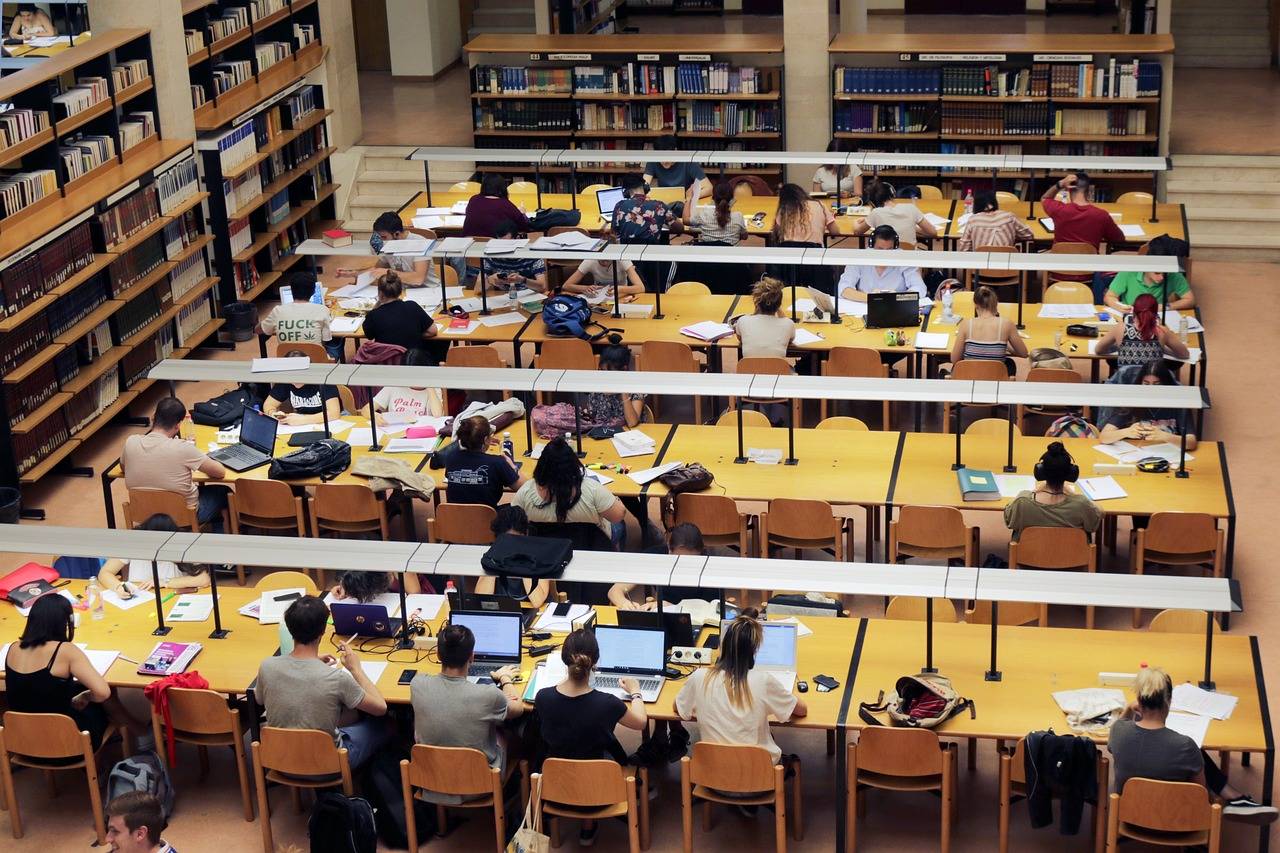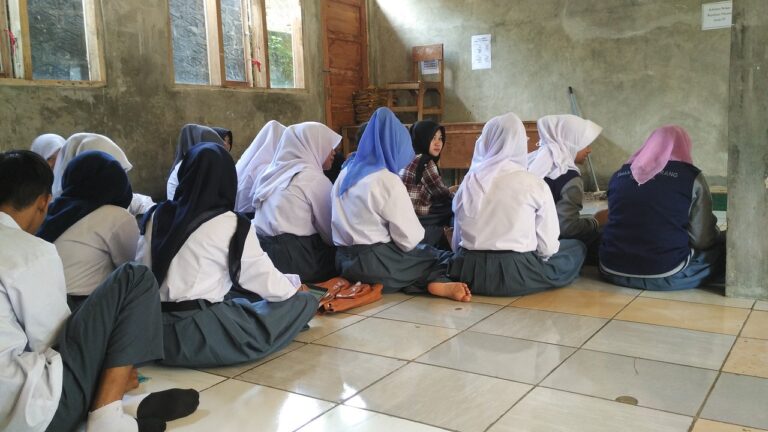Teaching Creativity and Problem-Solving Skills
Critical thinking skills are essential for navigating through the complexities of today’s world. When individuals develop the ability to think critically, they can analyze situations, evaluate information, and make informed decisions. By honing these skills, individuals become better equipped to solve problems and adapt to new challenges that arise in various aspects of life.
Moreover, cultivating critical thinking skills enhances one’s capacity to communicate effectively and engage in meaningful discussions. It enables individuals to approach conversations with a more analytical mindset, fostering deeper understanding and fostering cognitive growth. Ultimately, the development of critical thinking skills empowers individuals to think independently, question assumptions, and make well-reasoned judgments in diverse situations.
Understanding the Relationship Between Creativity and Problem-Solving
Creativity and problem-solving often go hand in hand, serving as essential skills in navigating challenges and finding innovative solutions. Creativity involves thinking outside the box, exploring unconventional ideas, and tapping into one’s imagination to generate new perspectives. On the other hand, problem-solving is the practical application of identifying, analyzing, and resolving issues or obstacles that may arise.
When creativity is combined with problem-solving, individuals can approach difficulties with a fresh outlook and develop unique strategies to address them. Creative thinking allows individuals to adapt to unexpected situations, think critically about various possibilities, and come up with original solutions that traditional methods may overlook. By fostering a relationship between creativity and problem-solving, individuals can enhance their ability to tackle complex problems in diverse settings, fostering a culture of innovation and adaptability.
Methods for Encouraging Innovative Thinking
To foster innovative thinking, it is vital to provide an environment that encourages experimentation and exploration. One way to achieve this is by creating opportunities for brainstorming sessions where team members can freely share their ideas without fear of criticism. This open exchange of thoughts can lead to the generation of unique and out-of-the-box solutions to various challenges.
Another effective method for promoting innovative thinking is to encourage a diverse team composition. By bringing together individuals with different perspectives, backgrounds, and skill sets, you can leverage the power of collective creativity. This diversity not only enhances the quality of ideas but also promotes a culture of inclusion and respect, where every voice is valued and heard.





